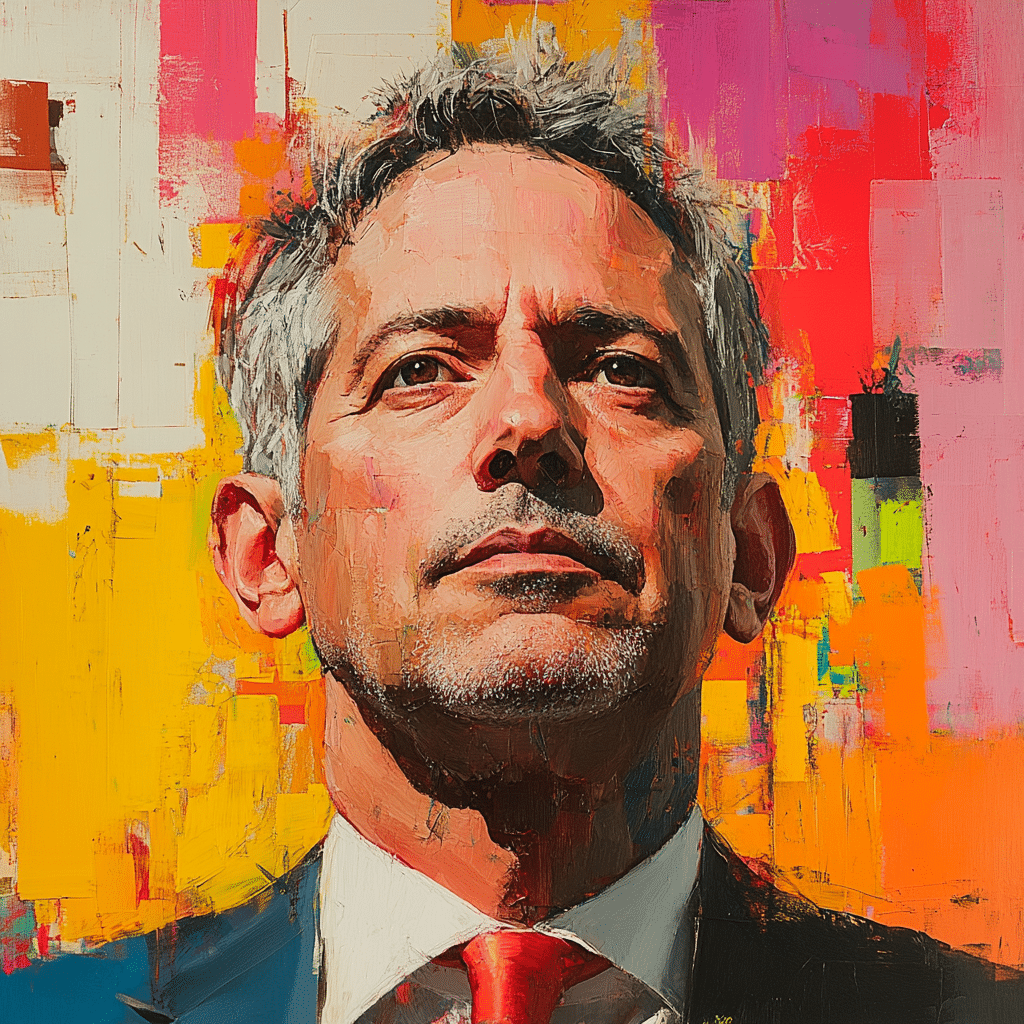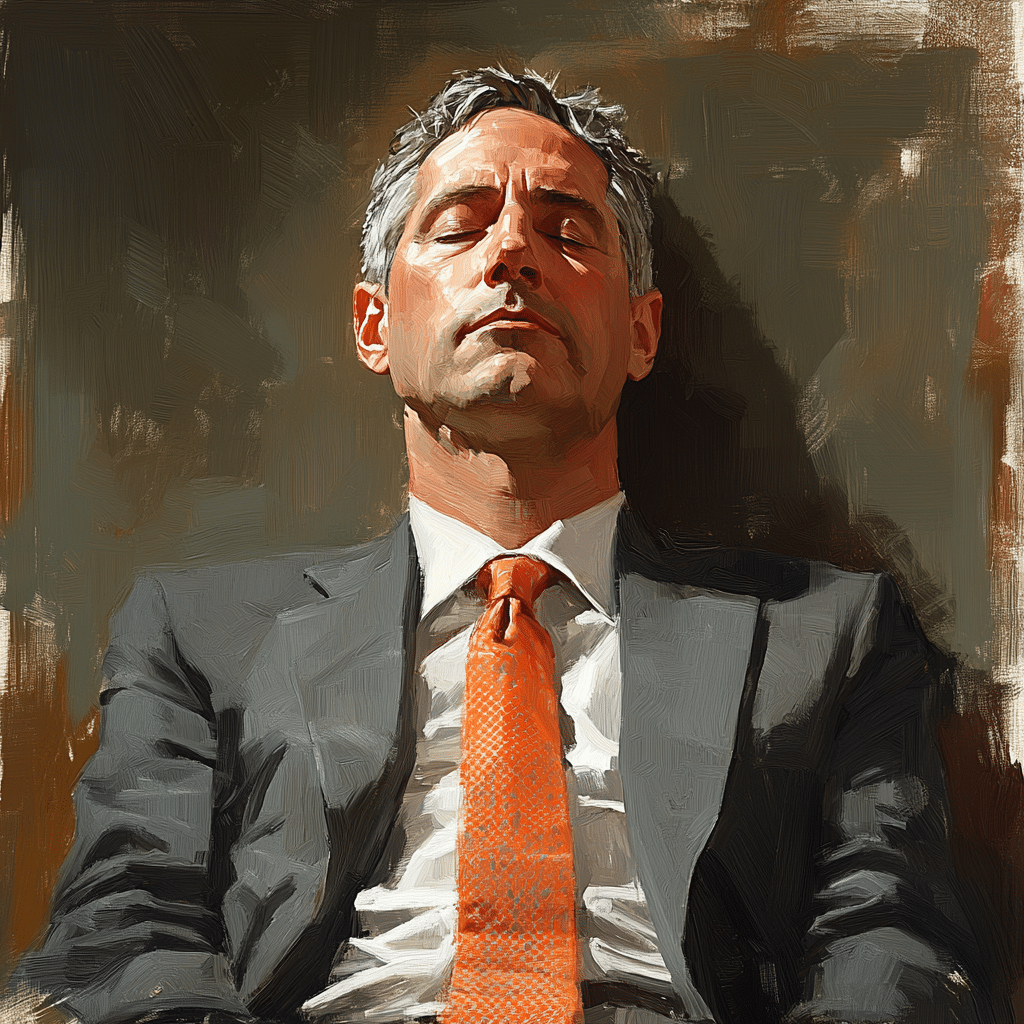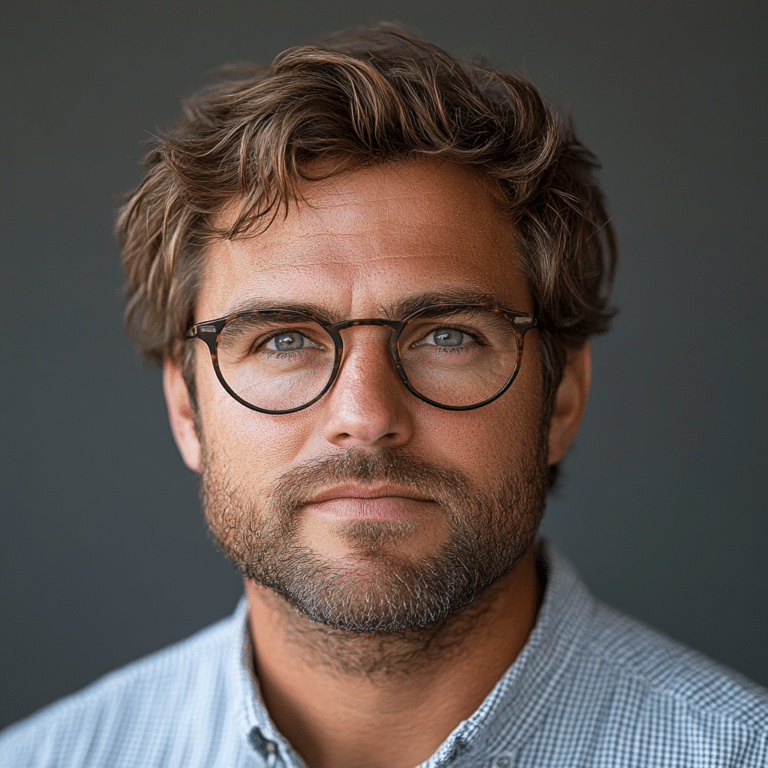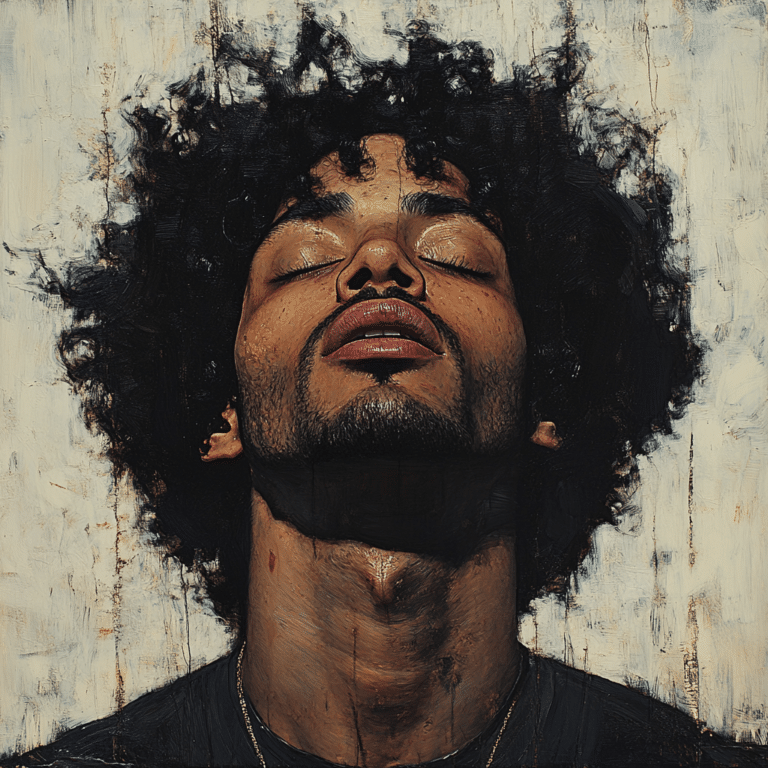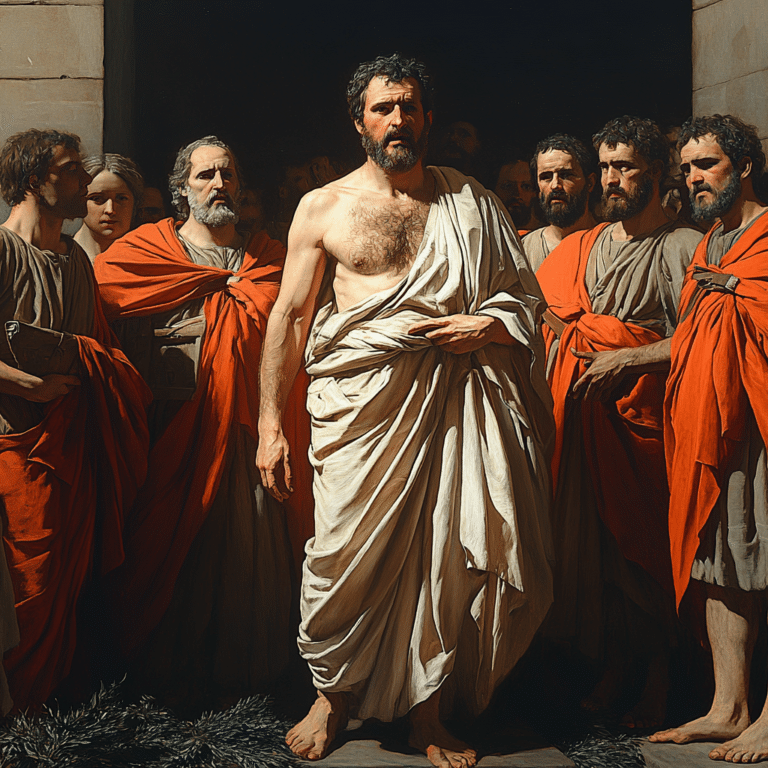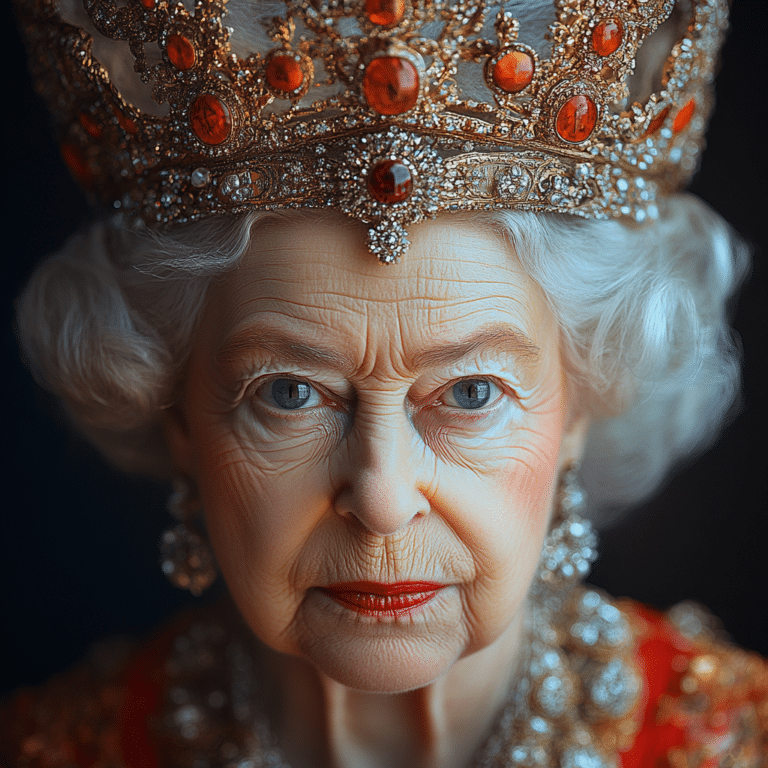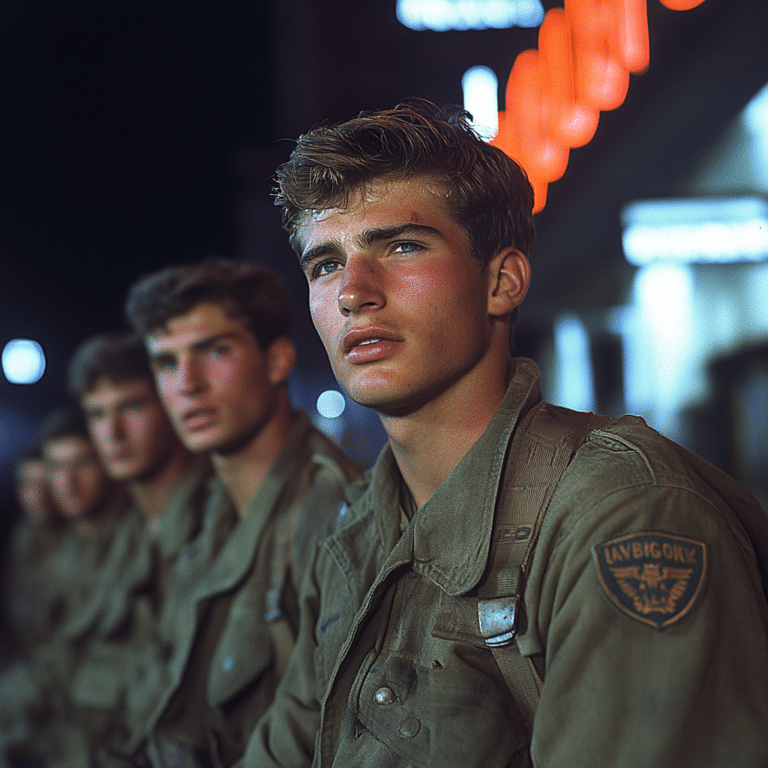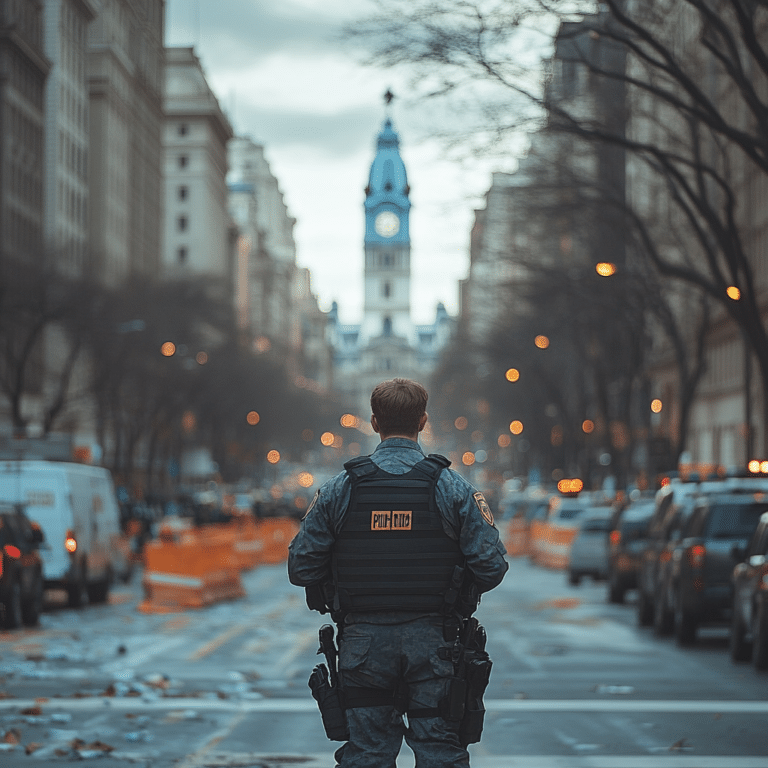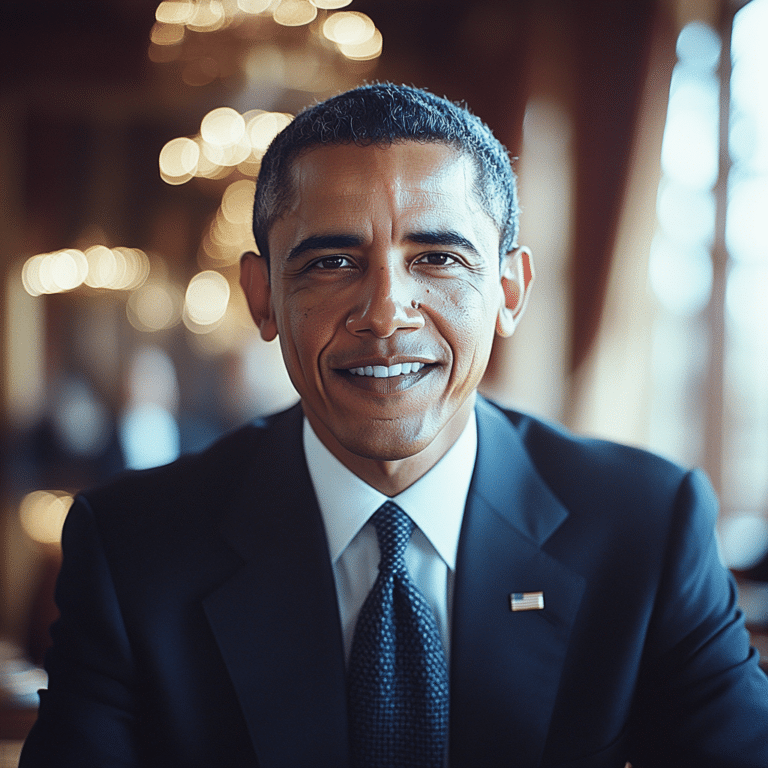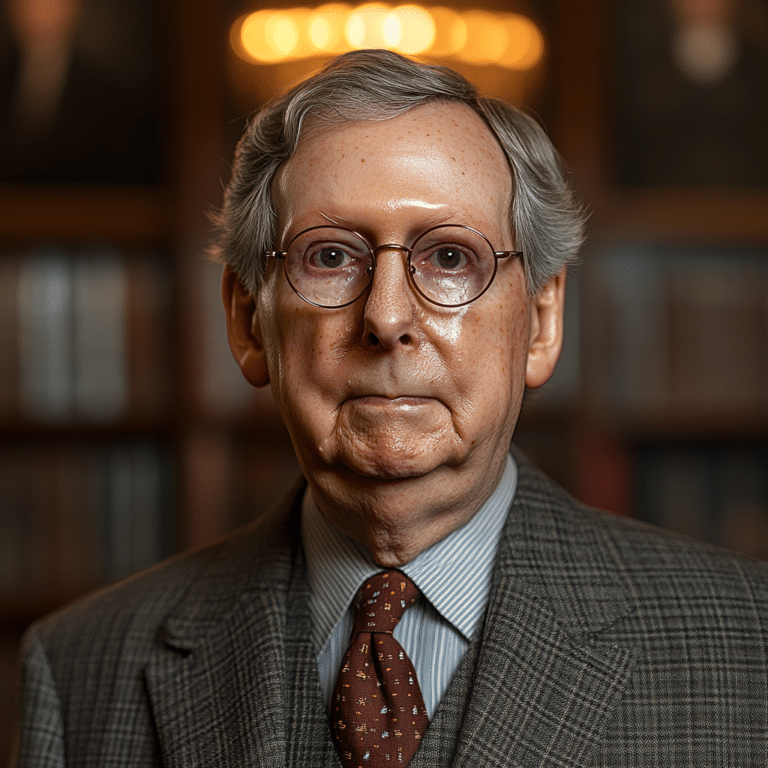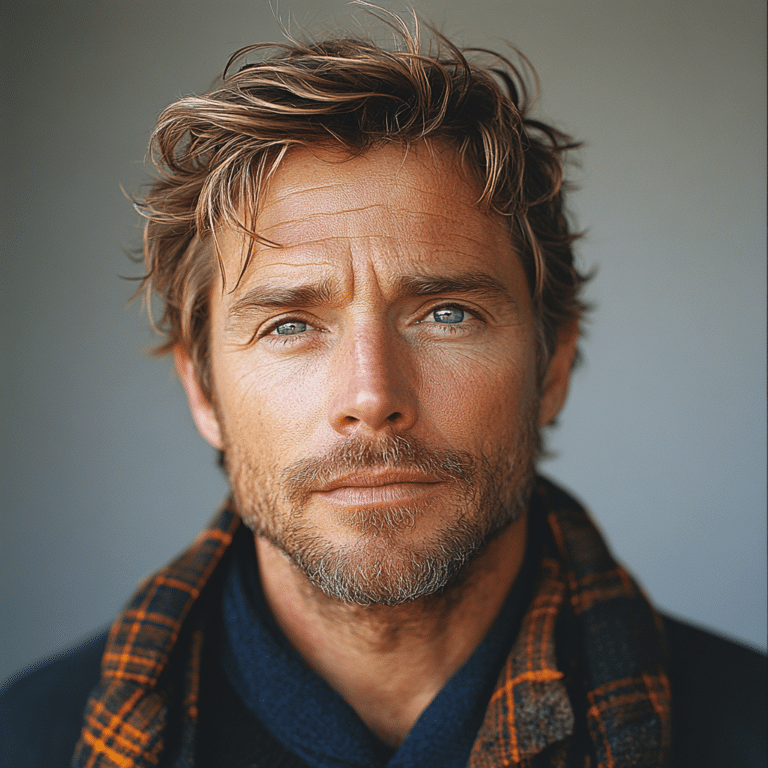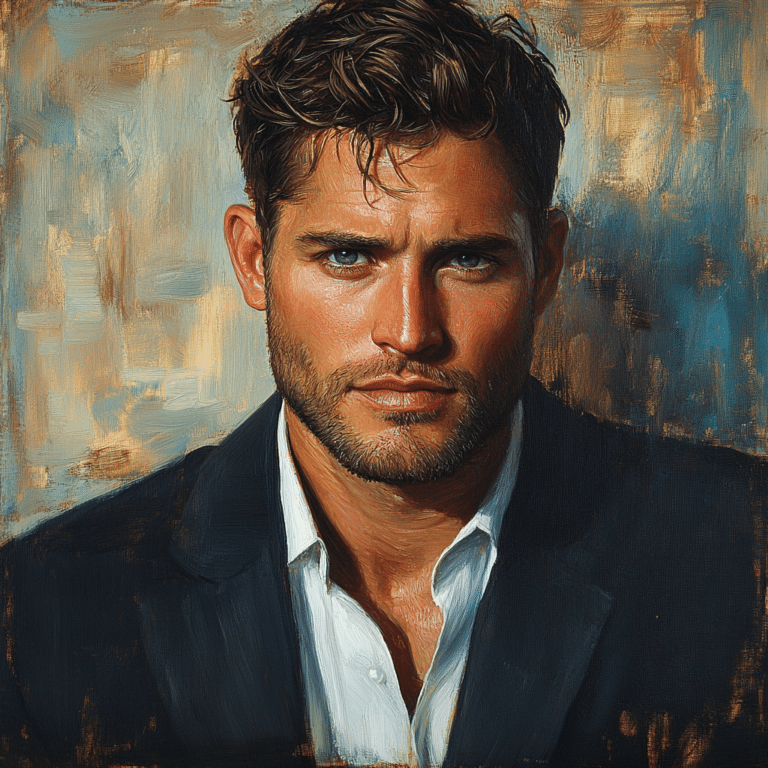Bill de Blasio, the 109th mayor of New York City from 2014 to 2021, is often regarded as a visionary who implemented transformative policies that have forever changed the landscape of the Big Apple. His tenure earned both ardent supporters and harsh critics, reflecting a profound shift toward progressive governance. While some laud his efforts to tackle social inequality, others argue they widen the gap between differing philosophies of governance. But, let’s dig into the key aspects of Bill de Blasio’s legacy and see how it impacts the future of New York City—and perhaps the future of urban governance across the country.
1. The Legacy of Bill de Blasio: A Look at Major Policies Shaping New York City
De Blasio’s approach took root in an ideological garden cultivated by a mix of progressive ideas and responsive governance. His policies stretched beyond cosmetic changes—they influenced the very fabric of the city. Here are seven impactful aspects of his legacy.
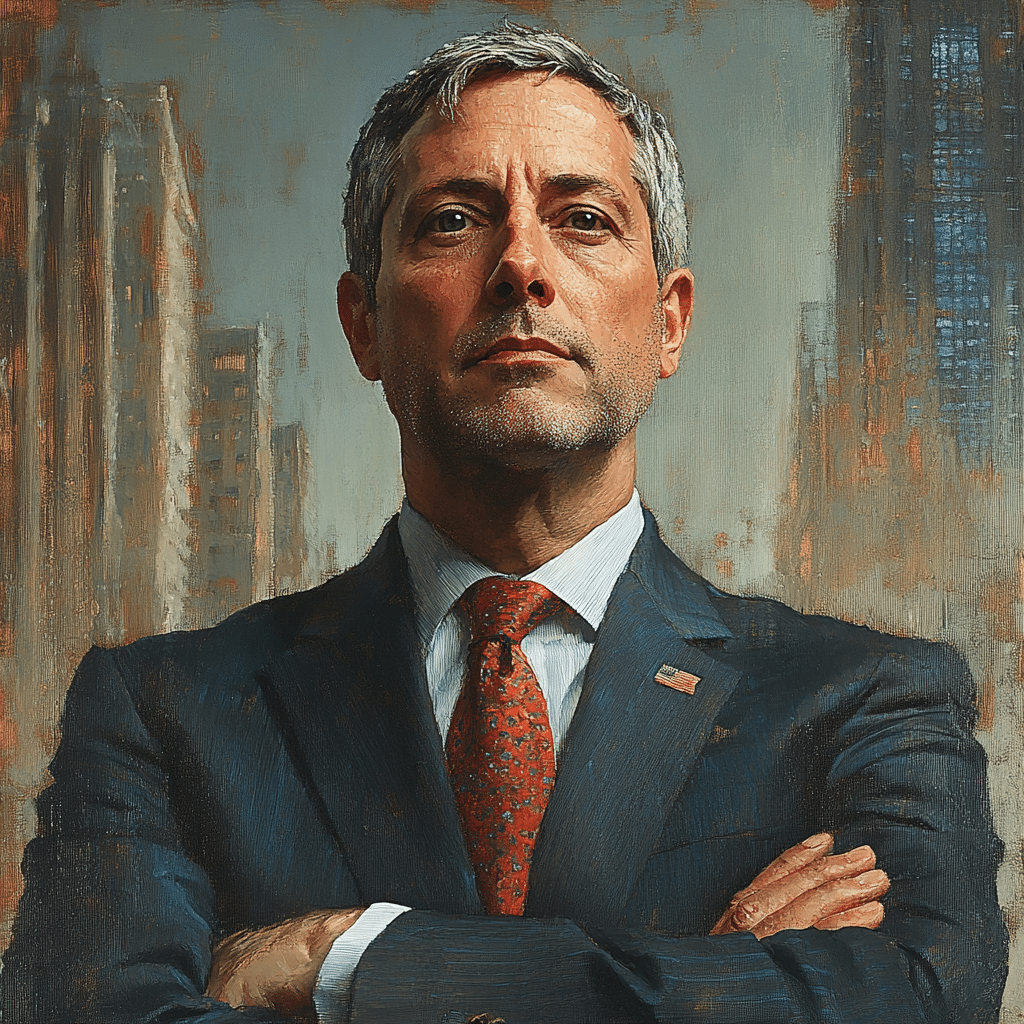
1.1. Progressive Housing Initiatives
One of de Blasio’s flagship proposals was his “Housing New York” plan, aiming to construct and preserve hundreds of thousands of affordable housing units. Under this initiative, low to moderate-income families were prioritized, as neighborhoods faced gentrification threats. Critics argue his approach inflated costs and pushed landlords to prices beyond reach, but it undoubtedly raises important discussions about economic diversity and community composition in one of the country’s most vibrant cities.
1.2. Education Reform: From Pre-K to Public Schools
De Blasio’s educational reforms, notably the initiative for universal pre-kindergarten, represent a significant leap in pushing for equitable education. This initiative aimed to bridge socioeconomic gaps, particularly for disadvantaged families, and broaden access to quality education. While many heralded these moves as progressive and necessary, others question whether the funding has adequately addressed the multitude of challenges public schools face today.
1.3. Health and Social Equity
The de Blasio administration launched the “ThriveNYC” program, a monumental initiative directed at bridging mental health disparities across the city. Through partnerships with non-profit organizations and the private sector, emphasis on mental health became intertwined with public health. Critics, however, argue that despite good intentions, evaluating real impacts on social wellness is essential, especially when annual budget reports highlight funding challenges that need addressing.
1.4. Environmental Initiatives and Sustainability
Under the Green New Deal for New York City, de Blasio championed environmental sustainability, striving to reduce greenhouse gas emissions and promote green infrastructure throughout the city. His desire for a greener New York City stands in stark contrast to previous administrations that seemingly favored development over environmental concerns. Supporters call these moves commendable; however, there are voices that warn about the potential job losses and economic impacts stemming from stringent regulations.
1.5. Policing and Criminal Justice Reform
Bill de Blasio’s “Citywide Public Safety Plan” marked a pivotal departure from the city’s traditional stand-your-ground approach to policing. Aiming to favor community-based initiatives over hardline enforcement, he contended that public safety could coexist with justice reforms. This left many pondering the utility of such strategies in a city where crime remains a legitimate concern, emphasizing the need for balance between law enforcement and community relations.
1.6. The Influence of Cultural Figures: Robert De Niro and Advocacy
Cultural icons like Robert De Niro also rode along for some of de Blasio’s initiatives. While their efforts seem disconnected from traditional policymaking, De Niro’s backing of public health and equity resonates deeply with de Blasio’s goals. It reflects a broader cultural ethos advocating for reforms and points toward how celebrity influence can sway public opinion and support for progressive causes.
1.7. The Intersection of Politics and Celebrity: Olivier Sarkozy’s Role
Additionally, the intertwining of celebrity culture and politics became more apparent during de Blasio’s tenure, particularly with figures like financier Olivier Sarkozy. Sarkozy brings a blend of finance and public figure status, demonstrating how high-profile dollars can shape discussions on policy and reform. His relationships with political figures sparked discussions about privilege and representation in governance, fueling concerns about how decision-making can be influenced by elite circles.
2. Bill de Blasio’s Vision and Its Impact on Future Leaders
Though Bill de Blasio exited office in 2021, the ripples of his leadership still influence New York’s political dialogues. His policies serve as a framework that future leaders—regardless of political leaning—could embrace or scrutinize. The focus on tackling social inequities and public health issues highlights a growing preference for governance that addresses root causes rather than just symptoms.
To engage with de Blasio’s vision, potential leaders might explore the importance of inclusivity and support for vulnerable communities. By evaluating both successes and shortcomings, leaders can better respond to the changing demands of urban governance. After all, the legacy of any mayor is often assessed by how subsequent administrations address past policies that either failed or thrived.
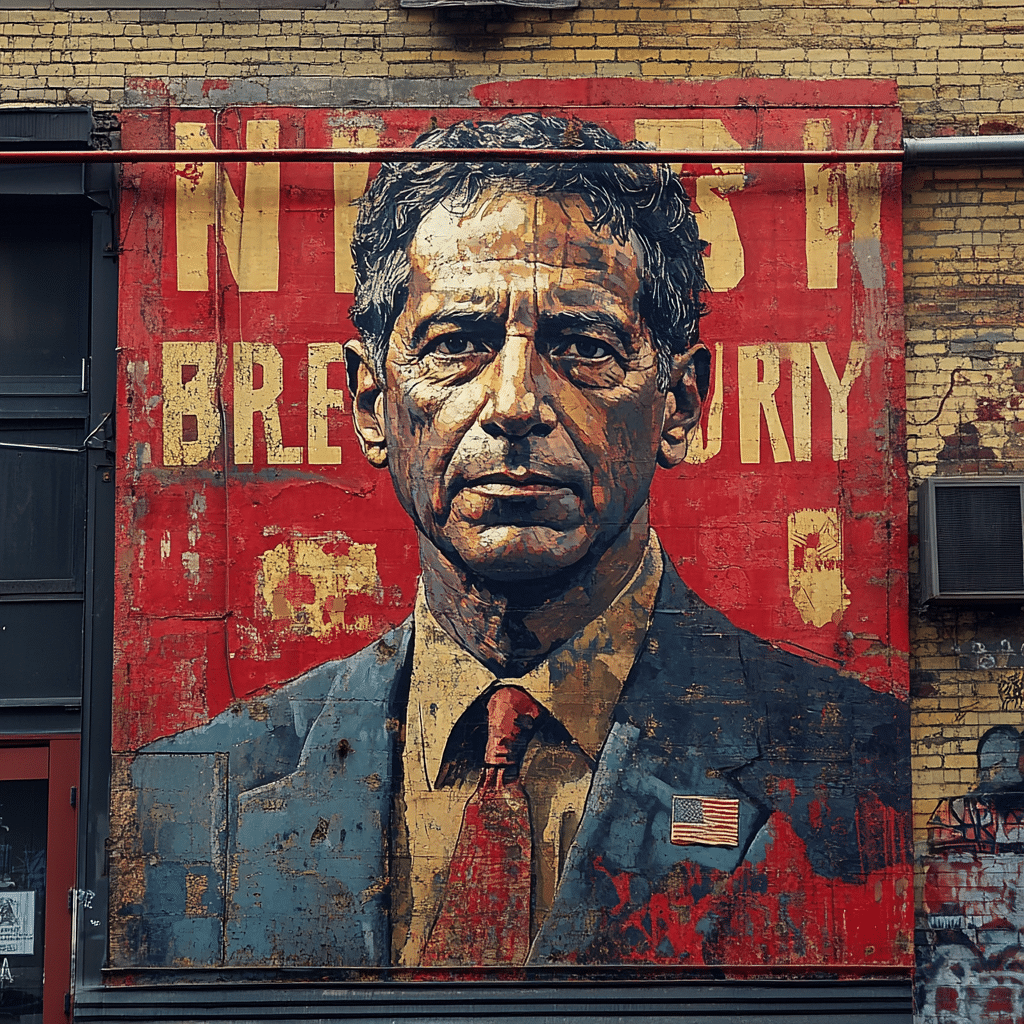
3. Reflections and Future Directions: A Legacy Beyond His Tenure
The complex, multifaceted nature of de Blasio’s legacy engenders a broad range of reactions from constituents. Praise stems from his commitment to equity, while doubts arise about the real-world impacts of his policies, especially in light of increasing homelessness and crime rates post-tenure. The surge in discussions over progressive and conservative values in governance speaks to a far more extensive narrative unfolding across the nation.
As we look to the future, the interplay of populism and progressivism continues. Bill de Blasio’s vision provides a reference point for the examination of urban policies. Moving forward, the dialogue will undoubtedly reflect national trends in governance, as future policymakers are prompted to champion the values and needs of their constituents amid rapidly shifting socio-political landscapes.
In conclusion, Bill de Blasio shaped a chapter in New York City’s history that will be debated for years to come. Politicians, academics, and engaged citizens alike should dissect and reflect upon his leadership, contributing to a broader understanding of urban policy. The conversations sparked by bill de blasio’s policies underscore a collective ambition for a city—and perhaps a nation—that prioritizes equity and sustainability, all while navigating the hurdles of modern governance. Here’s to the future—may it be bright and informed by the lessons learned from the past.
Bill de Blasio: The Visionary Behind NYC’s Bold Changes
A Leader with Quirks
During Bill de Blasio’s time as mayor, he made headlines for not just his policies but also his unique personality. Unlike many politicians, he famously revealed his love for classic Japanese anime; you might say he’s got a soft spot for characters like Sango from Inuyasha, reflecting how pop culture can cross paths with politics. Interestingly, much like the cars from Initial D that speed through dreamy landscapes, de Blasio aimed to transform New York City’s streets with a focus on pedestrian safety and bike lanes. His push for a safer NYC got people talking, much like when Kylie Jenner announced she was pregnant—it captivated attention across the board!
A Chocolate Lover at Heart
On a lighter note, Bill de Blasio’s unconventional approach to leadership extended all the way to his favorite snacks. Having a sweet tooth, he once admitted his love for chocolate, leading to stories that painted him as a down-to-earth guy amidst the city’s frantic pace. You might laugh, but finding common ground like this helped residents relate to him, much like Sofia Vergara’s relatable character in her latest role—Griselda—that shows her softer side. Besides, who could forget his brave stand against graffiti, aiming to bring a fresh look to the city? It’s akin to a classic movie showdown, much like the Kill Bill cast facing off in epic confrontations.
The Push for Change
De Blasio didn’t shy away from controversy either. His administration faced scrutiny regarding various policies, yet he stood firm, pushing agendas like universal pre-K, showcasing determination to build for the future. This drive for change can resemble discussions on versus manga, where differing viewpoints often lead to vibrant conversations. Amidst these challenges, he forged partnerships to tackle issues like affordable housing and public health, hoping to shift the political landscape, just as Apoorva Ramaswamy is currently navigating debates across the nation.
In the bustling streets of NYC, just like the striking imagery of a Russian tank at a Louisiana truck stop, de Blasio’s legacy paints a vivid picture of a city in transition, emphasizing that leadership often means embracing change while staying grounded in the community’s spirit.
